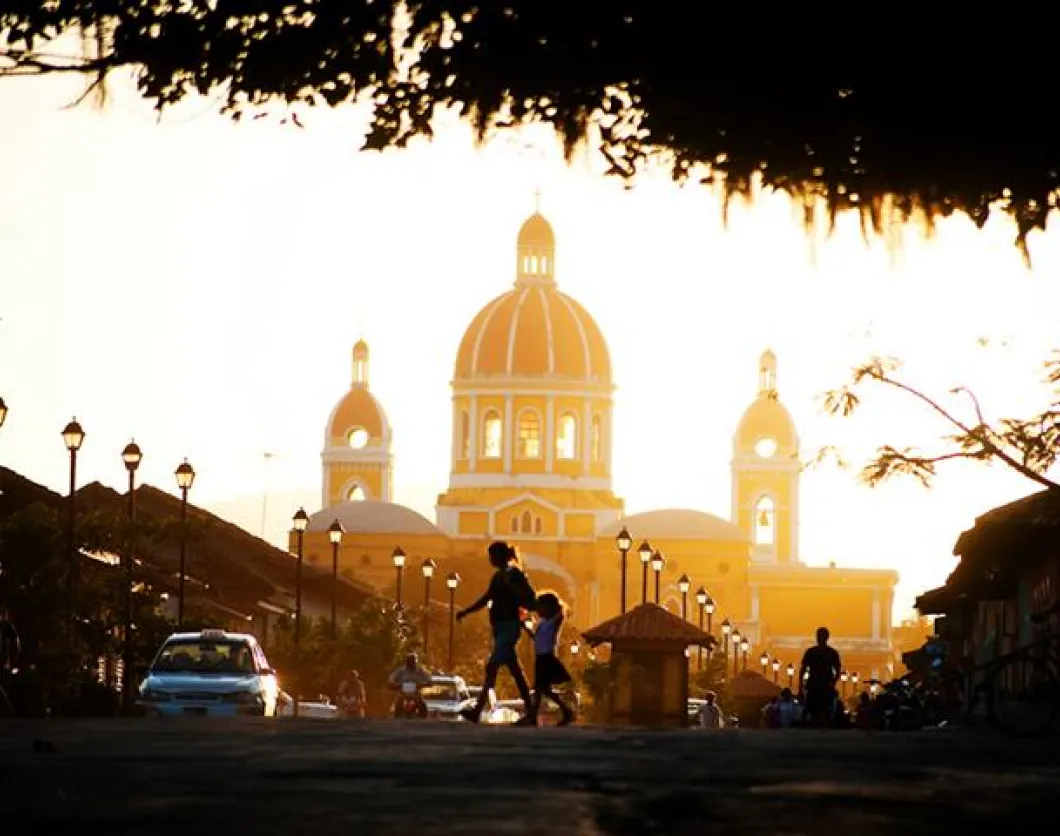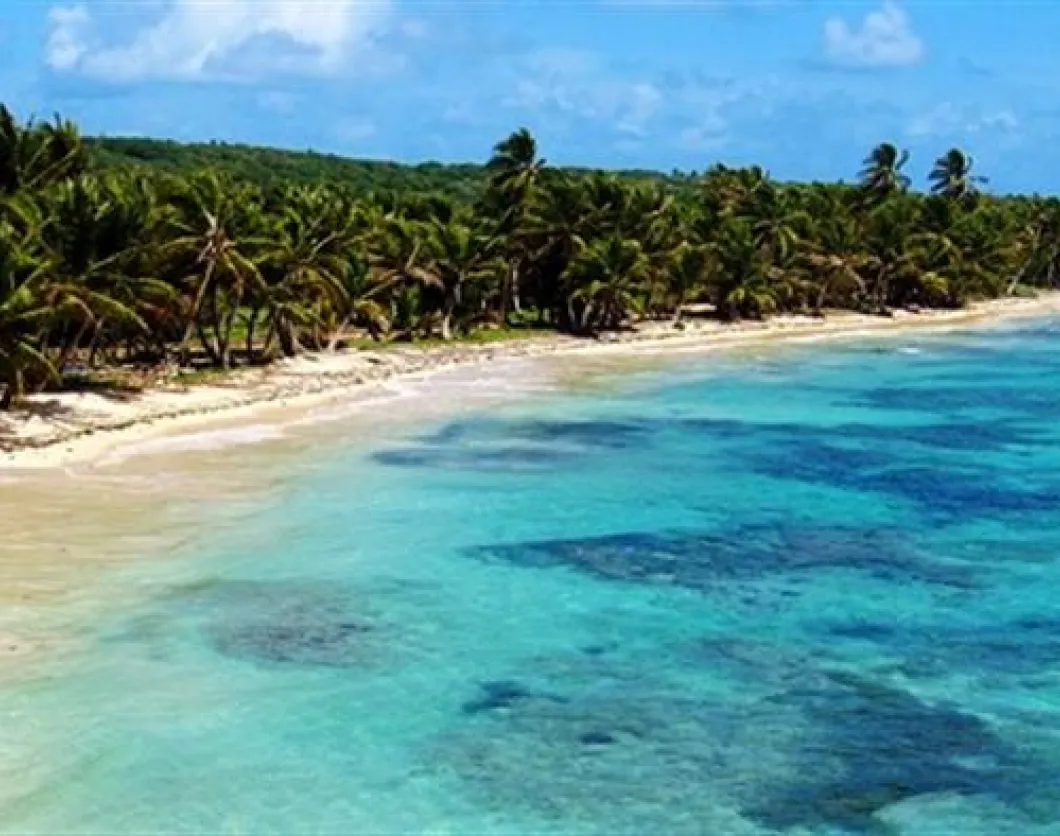Local development fueled by tourism isn’t always the paradise scenario politicians and big entrepreneurs make it out to be. In a lot of cases, the construction of large luxury resorts and attractions actually leaves the population behind, even deteriorating their livelihood in certain instances and giving rise to poverty and crime instead of the desired development.
That, however, is not the case in Nicaragua, the second-poorest country in the hemisphere, after Haiti. The government has made sure that the population takes part in the development of the country’s booming tourism industry and also gives priority to small and medium businesses instead of big, multinational corporations, thus actually developing the local instead of just the national economy.
While this may seem like an utopian scenario to some, the official data actually supports the success of this policy, as the number of visitors to Nicaragua has more than doubled during the past 15 years, with a mere 582,000 tourists (2000) turning to 899,000 (2006) and then further increasing to slightly over 1 million visitors (2010) and to 1,390,000 last year, according to the most recent data published by the country’s Tourism Institute (INTUR).
The sources of Nicaragua’s tourism traffic have remained the same over the years, as the country is predominantly visited by Americans (60% from Central America, 25% from North America and 2% from South America). Europeans (7%) also visit the country, but in much lower amounts.
Tourism contributes with about 5% to Nicaragua’s GDP, which makes it quite an important sector for the country’s economy. Only last year, the industry generated $440 million from the tourists’ average $40-50 daily spending during their stays, which usually last about a week.
Tourists go to Nicaragua to experience active and adrenaline-fueled holidays, as shown by the fact that active and extreme sports like sand-skiing, trekking and paddling amount to roughly 90% of the activities visitors seek to do while in Nicaragua. Surfing and volcano climbing are becoming popular as well, having attracted 30% of the tourists visiting Nicaragua last year.
While a lot of tourists are now seeking new locations, Nicaragua’s colonial cities Granada and León are still the most popular sights, attracting 21% of tourists, followed by the paradisiac beach of San Juan Del Sur, with 14% and Lake Nicaragua’s Ometepe Island, with 6.8%. The fact that almost half of the tourists visiting the country are now seeking alternative destinations, however, is quite revealing, seeing as these are highly educated people who seek a vacation out of isolated, Western-style luxury resorts.
The fact that these tourists seek alternative accommodations in the community has only given power to the small, traditional hotels in tourist cities like Granada, and revitalized traditional businesses in these areas, thus actually improving the lives of the local population, in spite of the big investments made in the construction of traditionally big luxury resorts.
Ecotourism, based on promoting interesting and unique tourist activities while incorporating, instead of disturbing, local communities has been a driving force for Nicaragua as well. According to the authorities, this industry will continue to be developed with the government and NGO’s investments into information, education and infrastructure, which are meant to take Nicaragua’s tourism to the next level, bringing an even bigger positive impact to the economy and the actual lives of the population.












